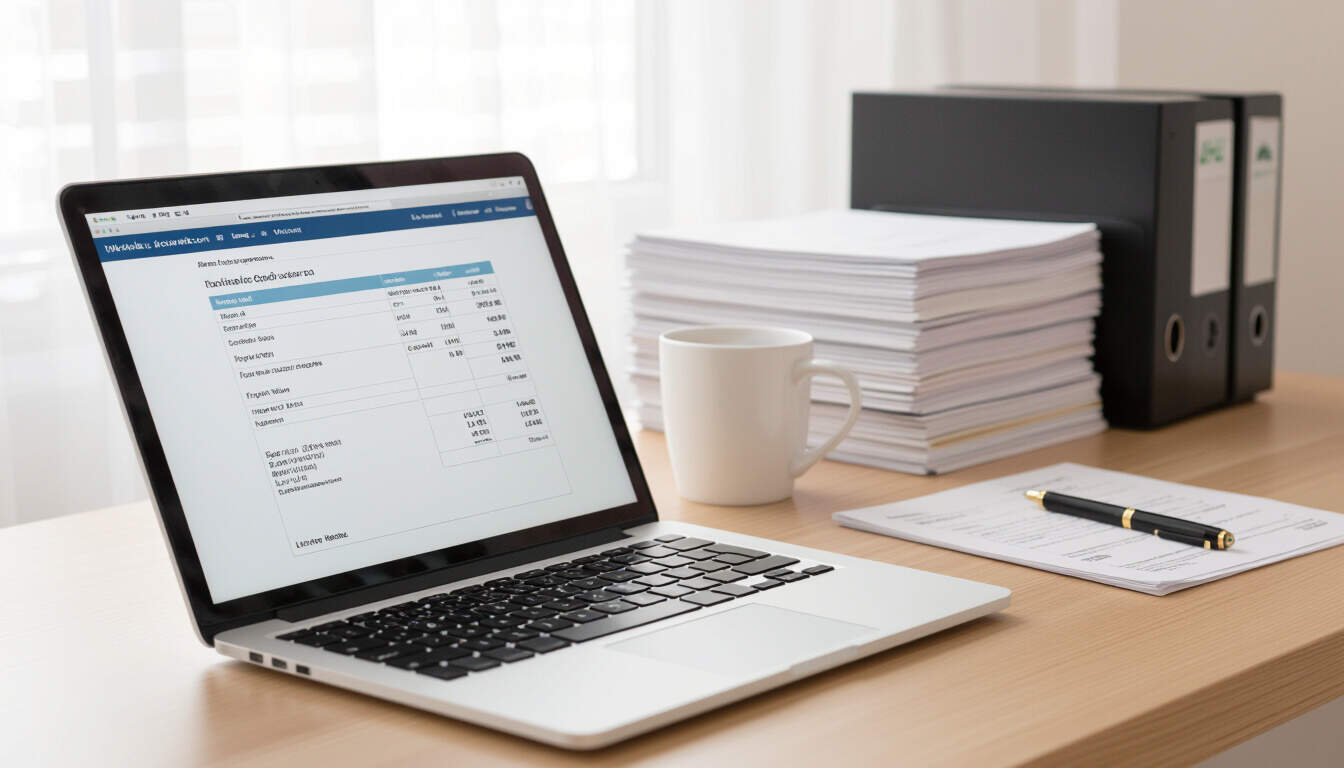Essential Invoicing Methods for Freelance Web Developers
 by Shanie Goodwin
by Shanie Goodwin
Discover practical invoicing strategies to handle payments smoothly as a freelance web developer. From simple tools to professional approaches, learn how to ensure timely compensation and build a sustainable career in web development.

Starting out as a freelance web developer means handling many tasks beyond coding, and one key area is managing payments through effective invoicing. Good invoicing practices help you get paid on time and maintain professional relationships with clients.
Why Invoicing Matters for Freelance Web Developers
In the life of a freelance web developer, invoicing serves as a vital tool for tracking earnings and ensuring financial stability. For beginners, setting up a reliable system early can make a big difference in growing your business. Invoicing allows you to clearly outline services provided, such as website builds or updates, and request payment without confusion.
Many new developers overlook this step, but it is essential for building trust. When you send an invoice promptly after project completion, it signals professionalism and helps avoid disputes. Consider starting with basic methods that fit your workflow, especially if you are just entering the field.
Common Invoicing Methods to Explore
There are several straightforward ways to handle invoicing, each with its own benefits. Let's break them down to help you choose what works best.
First, the manual approach involves creating invoices using word processors or spreadsheets. This method is simple and requires no extra tools, making it ideal for those on a tight budget. You can list details like hours worked, rates, and total amounts in a clear format. While it might take more time, it gives you full control over the document's appearance.
Another option is using email-based invoicing, where you attach a PDF or document directly to an email. This keeps things direct and personal, which can strengthen client connections. Freelance web developers often prefer this for small projects, as it avoids the need for third-party platforms.
For those handling larger volumes, automated invoicing software offers efficiency. Tools like these generate and send invoices with a few clicks, and they can even handle reminders for late payments. This automation frees up time for actual development work, such as designing user interfaces or debugging code.
Pros and Cons of Each Method
Each invoicing strategy has advantages and potential drawbacks, so it's important to weigh them based on your needs.
- Manual invoicing: On the positive side, it is cost-free and customizable. However, it can be prone to errors if you are not organized, and tracking payments manually might slow you down.
- Email-based invoicing: This is quick and builds rapport through direct communication. The downside is that it lacks built-in tracking, so you may need to follow up manually if payments are delayed.
- Automated software: Benefits include automatic reminders and integration with payment gateways, which can speed up receipt of funds. The main challenge is the initial learning curve, especially for beginners who are new to digital tools.
By understanding these options, you can select a method that aligns with your current skills and project scale. For instance, if you are working on your first few websites, starting simple might be the way to go.
Implementing Invoicing in Your Workflow
Once you choose a method, integrating it into your daily routine is key. Begin by setting clear terms in your contracts, such as payment deadlines and accepted methods like bank transfers or digital wallets. This ensures clients know what to expect from the start.
For web developers, who often work on timelines, invoicing right after milestones—such as completing a site's frontend—can keep cash flow steady. Keep records of all invoices in a dedicated folder or digital system to make tax season easier.
If you opt for software, look for user-friendly options that offer templates. These can include fields for project descriptions, rates, and taxes, helping you present a polished image. Over time, as you gain more clients, this practice will become second nature and support long-term success.
Tips for Success with Invoicing
To make the most of your chosen method, follow some practical advice. Always include detailed breakdowns in your invoices, such as hours spent on tasks or materials used, to justify your charges. This transparency can reduce questions from clients and lead to smoother transactions.
Additionally, set up a routine for sending invoices, like within a week of project delivery. Regular follow-ups on unpaid invoices can encourage prompt payments without straining relationships. Remember, as a freelance web developer, maintaining good financial habits contributes to a fulfilling career.
Finally, consider how invoicing fits into your overall business plan. As you progress, you might combine methods—for example, using email for quick jobs and software for bigger contracts. This flexibility allows you to adapt as your skills and client base grow.
In summary, adopting effective invoicing methods is a step toward a stable and rewarding path as a freelance web developer. By focusing on clear, efficient practices, you can concentrate more on creating great web solutions and less on administrative details.
